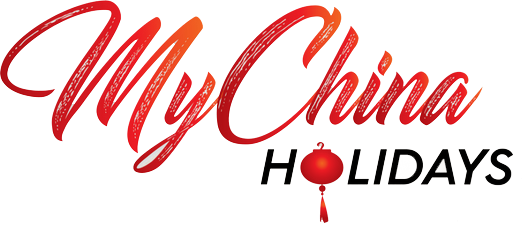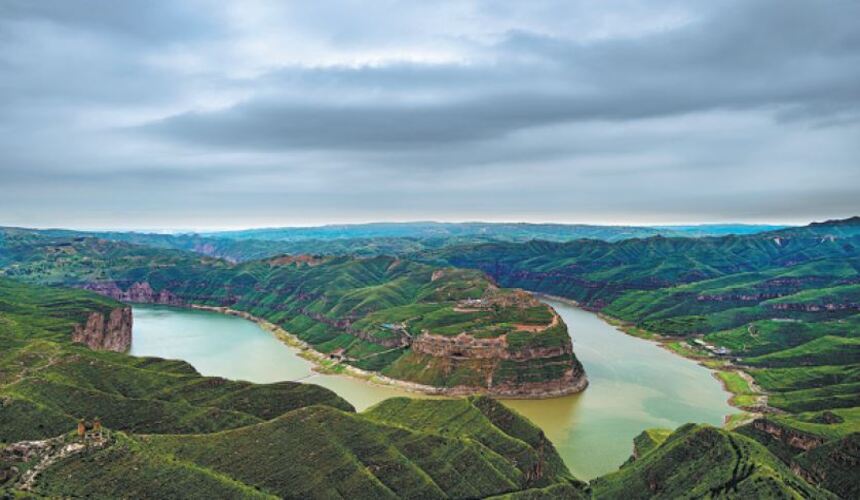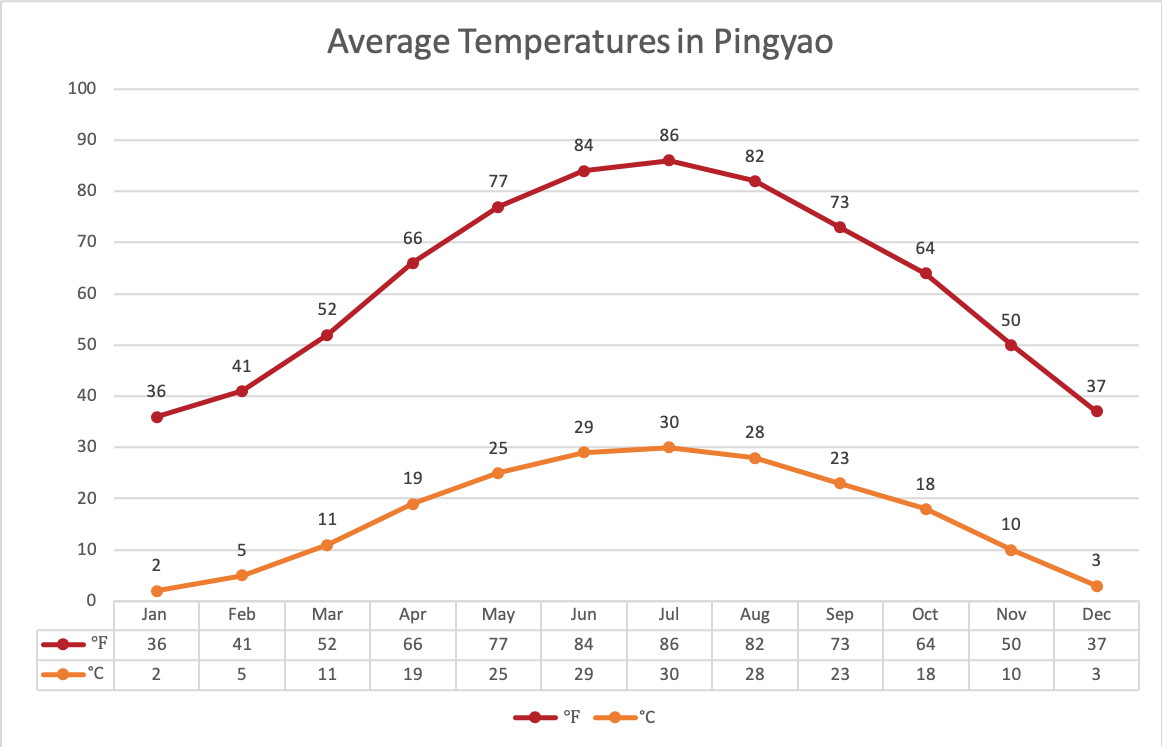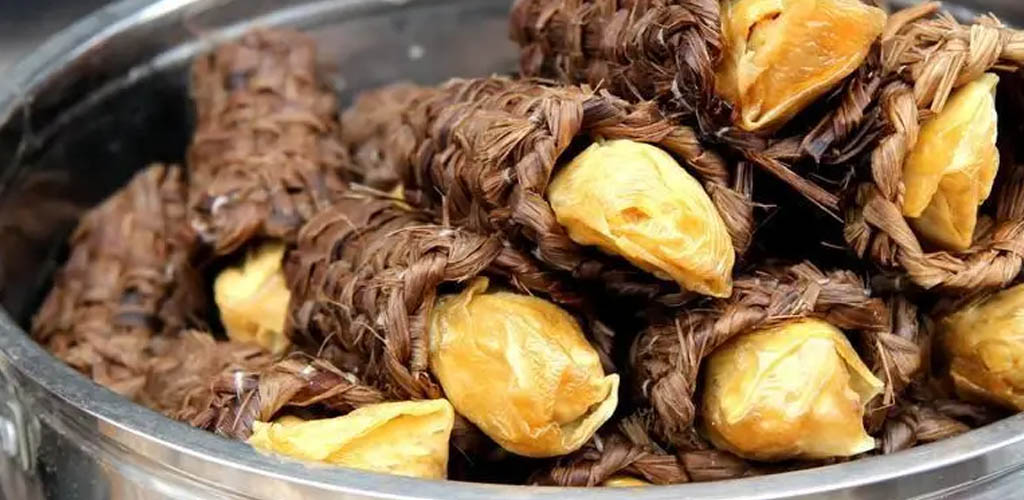Magnificent old city walls
Pingyao located in the central of Shanxi Province is known as one of the “Four Best Preserved Ancient Cities” in China and listed under UNESCO World Heritage. Founded in the 14th century, Ping Yao is an incredibly well-preserved example of a classic Han Chinese city. Its urban fabric demonstrates how town planning and architectural styles changed over the course of five centuries in Imperial China. The impressive financial structures, for which Ping Yao served as the principal hub for all of China in the late 19th and early 20th centuries, are particularly noteworthy. If you are a history buff as well as architecture lover, then you will be fascinated about this ancient city
No tours match your criteria
The best time to visit Pingyao is in autumn, September in particular is a great month to visit Pingyao because of the pleasant weather throughout this season. In spring, it is dry with lots of wind but little precipitation. There is a noticeable change in temperature between day and night. The typical temperature is between 5 and 26°C. When summer arrives it is hot, with high UV indexes and average highs of 30°C. In this season, it often rains. Autumn is similar to spring. Less rain falls and the temperature drops while the sunshine increases making the weather more nice than in summer. The weather is pleasant, ranging from 4 to 22°C. Winter is chilly; the lowest temperature can be only roughly -5°C. However, it is the ideal time to enjoy the old town’s snowy landscape.
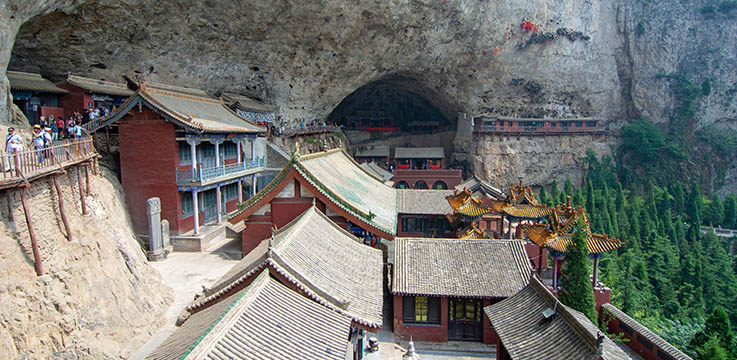
Zhangbi Underground Castle
It is a small village features some old architecture with an mysterious tunnels that meander underneath the town. This underground world is served as a secret hideout and military camp during the wars in the past.

The Ming-Qing Street
During the Ming and Qing dynasties (1367–1912), South Street controlled more than half of the financial institutions in China and was known as the ‘China’s Wall Street’. Now, you can find various shops, museums and restaurants along the street.

QingXuGuan
QingXuGuan (Pingyao County Museumis) located inside the largest Taoist temple in the ancient city, Qing Xu Guan. It was built in the Tang Dynasty. The museum holds Buddha statues, artworks, and wood carvings from the Ming and Qing Dynasty eras.
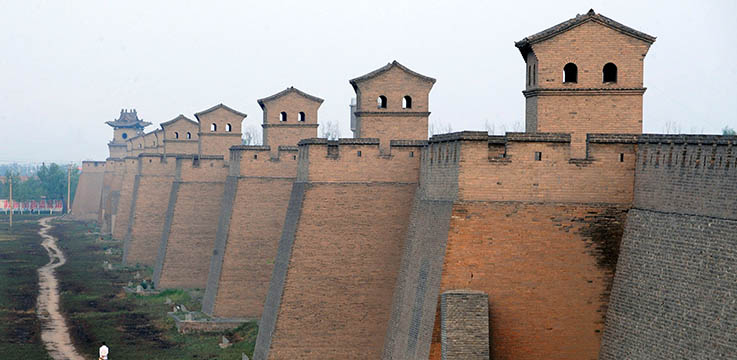
Pingyao Ancient City Wall
Pingyao’s walls were originally built using tamped earth before being upgraded to brick from around 1370, at the start of the Mings’ long reign. People say it has the shape of a turtle with large towers representing its head and tail indicating the north and south. From the north gate to the south gate it is a 3km distance during which you can see people’s courtyards and an impressive moat. The city wall in Pingyao has the longest history and is well-protact among other city walls in China. It is about 6 kilometers (4 miles) long which will take you 2 to 4 hours on foot.
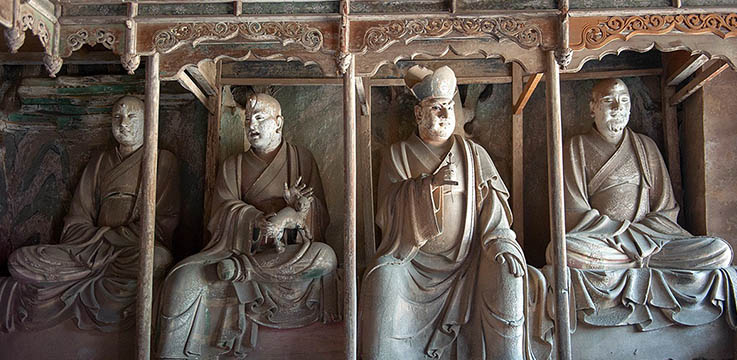
Shuanglin Temple
Shuanglin Temple is reputed to be the 'ancient painted sculptures museum'. It houses more than 2,000 colorful sculptures that represent the exquisite skills of the artisans of the Song, Yuan, Ming and Qing Dynasties.
In Pingyao, as in most of Shanxi Province, wheaten foods are staples. Millet congee, steamed buns, and sesame seed cakes are the primary dishes on the tables for breakfast and dinner; lunch consists of various cooked wheat foods, like noodles with gravy, noodles served with sauce, and so on. Various local foods may be found in the street with Ming and Qing Dynasty-style imitation buildings.
Must-try: Pingyao Wantuoze, Pingyao Beef, Pingyao jellied bean curd, Yam
Train
Pingyao has two railway stations: Pingyao Railway Station and Pingyao Gucheng Station. Pingyao Railway Station is a small train station serving K trains and other normal trains, while Pingyao Gucheng Station is a high-speed railway station. It is also very common to travel to Pingyao by train from Beijing, Xian, Datong, Taiyuan, and Luoyang.
